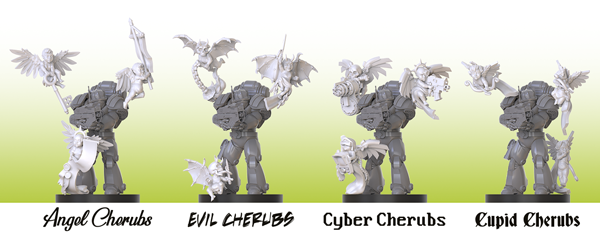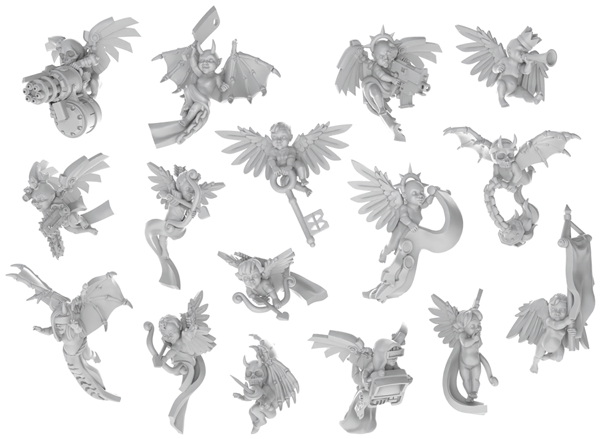Reference: 8436554360475ES
Brand: Green Stuff World
Metal sheets for magnets
Metal sheets for magnets | Rubber Steel Sheet Self Adhesive
 Cookie preferences
Cookie preferencesWe use our own and third party cookies to collect information to improve our services and to analyze your browsing habits. If you continue browsing, you accept their installation. You can configure your browser to prevent their installation.
Required cookies
Always active
These cookies are strictly necessary for the operation of the site, you can disable them by changing the settings of your browser but you will not be able to use the site normally.
Cookies used
Functional cookies
These cookies provide necessary information to applications of the website itself or integrated by third parties, if you disable them you may find some problems in the operation of the page.
Cookies used
Performance cookies
These cookies are used to analyze the traffic and behavior of customers on the site, help us understand and understand how you interact with the site in order to improve performance.
Cookies used
Guided cookies
These cookies can be from the site itself or from third parties, they help us to create a profile of your interests and to offer you advertising aimed at your preferences and interests.
Cookies used
The user is informed that he/she has the possibility of configuring his/her browser so that he/she is informed of the reception of cookies, being able, if he/she so wishes, to prevent them from being installed on his/her hard drive.
Below we provide links to various browsers, through which you can make such configuration:
Firefox from here: https://support.mozilla.org/es/kb/Deshabilitar cookies de terceros
Chrome from here: https://support.google.com/chrome/answer/95647?hl=es
Internet Explorer from here: https://support.microsoft.com/en-us/windows/manage-cookies-in-microsoft-edge-view-allow-block-delete-and-use-168dab11-0753-043d-7c16-ede5947fc64d
Safari from here: https://support.apple.com/es-es/guide/safari/sfri11471/mac
Opera from here: https://help.opera.com/en/latest/web-preferences/#cookies
Reference: 8436554360475ES
Brand: Green Stuff World
Metal sheets for magnets | Rubber Steel Sheet Self Adhesive
Reference: 8436554365050ES
Brand: Green Stuff World
Instant glue | CA glue
Reference: 5035167000490ES
Brand: Green Stuff World
Milliput Standard Yellow Grey - Epoxy putty for all kinds of applications.
Reference: 8435646509365ES
Brand: Green Stuff World
Black Plastic Bases | Black plastic base adapters 20-25mm
There are 4 products.
Reference: 8435646530000ES
Brand: Green Stuff World
Cherubs 40k are compatible with 9th Age, ASOIAF, WHF, Warhammer 40K, and the Old World
Reference: 8435646529998ES
Brand: Green Stuff World
Cherubs 40k are compatible with 9th Age, ASOIAF, WHF, Warhammer 40K, and the Old World
Reference: 8435646518473ES
Brand: Green Stuff World
Cherubs 40k are compatible with 9th Age, ASOIAF, WHF, Warhammer 40K, and the Old World
Reference: 8435646518466ES
Brand: Green Stuff World
Cherubs 40k are compatible with 9th Age, ASOIAF, WHF, Warhammer 40K, and the Old World
In a future world represented by the year 40000, in some science fiction miniature games where cherubs 40k are compatible, also known as Warhammer 40k cherubim, are small, bio-mechanical constructs created by the Adeptus Mechanicus. They resemble angelic infants with mechanical augmentations, often featuring mechanical wings, bionic implants, and artificial vocal systems. These creatures serve various roles across the Imperium of Man, assisting high-ranking officials, clergy, and warriors.
Despite their innocent and holy appearance, they are not truly alive in the human sense. They are artificially created servitors, often vat-grown from repurposed human DNA or cybernetically enhanced clones. Their function varies depending on their intended purpose, whether assisting the Adeptus Ministorum, Inquisition, or Adeptus Astartes.
They play a unique role in miniature games such as Warhammer 40000, and for this reason, their compatibility blends religious symbolism with technological ingenuity. While they are often viewed as divine servitors, their artificial nature and occasional malfunctions raise ethical concerns. Regardless, their utility ensures they remain a common sight in the Imperium, serving in various capacities from battlefield aides to ecclesiastical assistants.


A cherub 40k is compatible with many futuristic games, but in general terms, constructs fulfill a variety of roles within the Imperium. Their duties depend on their assigned faction, but their primary tasks include:
The Imperium of Man manufactures them primarily to assist its various religious, military, and bureaucratic factions. Their angelic appearance serves both practical and symbolic purposes. The reasons for their creation include:
Cherubs' purpose varies depending on their creator and designated role. However, the overarching reasons for their existence include:
Their utility ensures they remain a fixture of Imperial society, despite occasional ethical concerns about their artificial nature.

The Adeptus Mechanicus is responsible for the creation of 40k cherub servitors. Their construction process is a combination of genetic engineering, cybernetic augmentation, and arcane technological rites.
Although these resin bits compatible with Warhammer 40k cherubim are meant to be loyal and obedient, there have been reports of them going rogue or becoming corrupted by external forces. This has led to occasional restrictions on their usage in certain sectors of the Imperium.